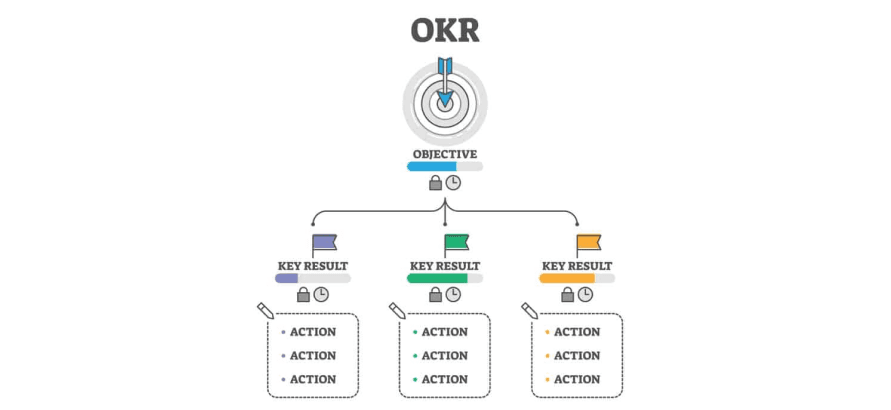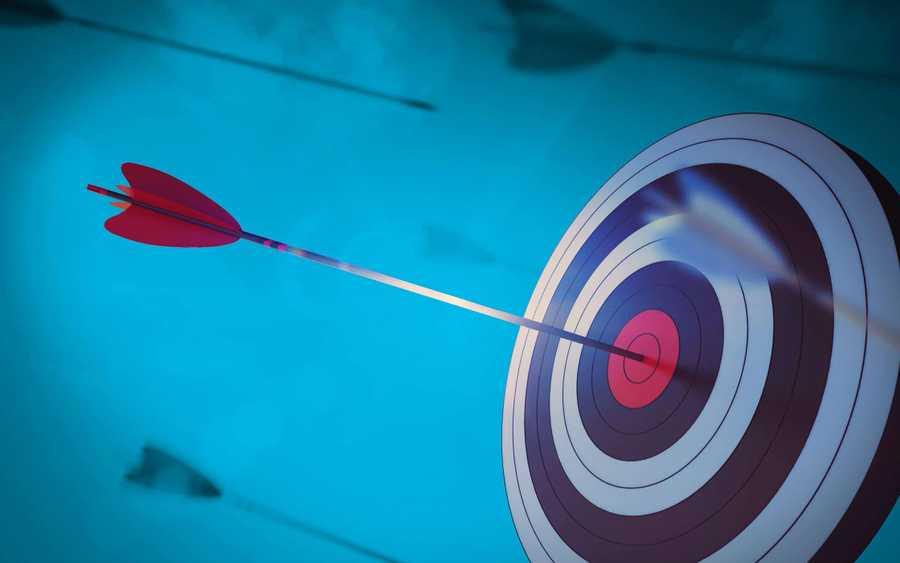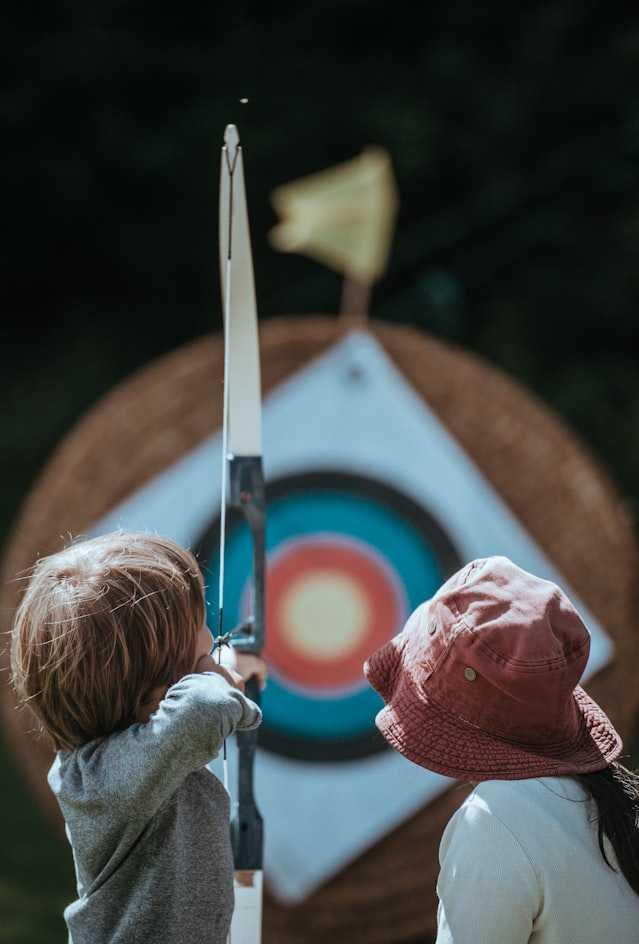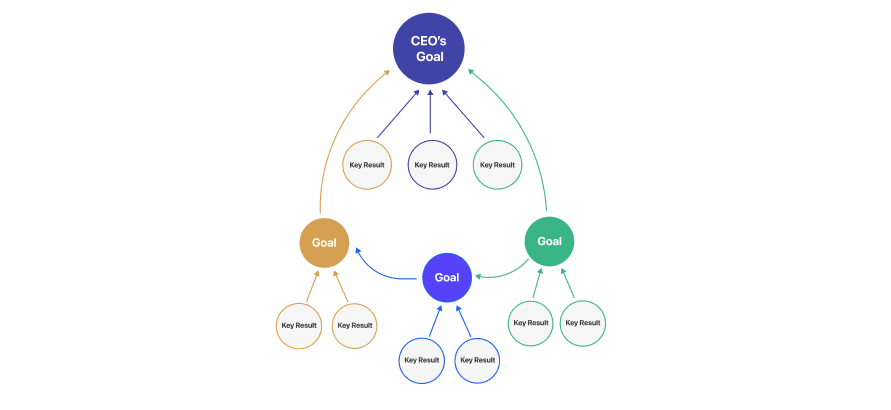The Art of the OKR
Curated from: eleganthack.com
Ideas, facts & insights covering these topics:
8 ideas
·6.67K reads
28
Explore the World's Best Ideas
Join today and uncover 100+ curated journeys from 50+ topics. Unlock access to our mobile app with extensive features.
Objectives and Key Results (OKR)
OKRs are a management and alignment methodology made famous by Google.
The Objective is qualitative, and the KR’s (most often three) are quantitative.
They are used to focus a group or individual around a bold goal. The objective sets a goal for a set period of time, usually a quarter. The key results tell you if the objective has been met by the end of the time.
313
1.46K reads
Objectives
Your objective defined in a single sentence should be:
- Qualitative and inspirational. The objective is designed to get people jumping out of bed in the morning with excitement.
- Time-bound. You want it to be a clear sprint toward a goal, doable in a month or a quarter.
- Actionable by the team independently. Your Objective has to be truly yours, and you can’t have the excuse of “marketing didn’t market it.”
303
872 reads
Key Results
Key results take all that inspirational language and quantifies it.
You create them by asking a simple question “how would we know if we met our objective?”
269
933 reads
KRs Should be Difficult, not Impossible
You are looking for a sweet spot where you are pushing yourself and your team to do bigger things, and where you have a 50/50 shot of failing.
253
789 reads
OKRs Cascade
Much of the value in OKRs comes from the conversations on what matters, how it will be measured and what it means for the teams who are used to working from their own standards, apart from the business goals.
Individual OKRs are about becoming better at your job, as well as helping your product get better.
249
575 reads
OKRs Part of Your Regular Rhythm
Often people fail ...
...because they set OKRs at the beginning of the quarter, and then forget about them until the end of the quarter.
243
652 reads
Don't Change OKRs...
...halfway through your bounded time period.
Changing them dilutes focus, and keeping teams focused is the entire point of the OKR.
247
666 reads
Get Ready to Fail
OKRs aren’t just about hitting targets but about learning what you are really capable of. When missing a KR you've learned a ton about what works and what doesn't.
251
725 reads
IDEAS CURATED BY
CURATOR'S NOTE
The default management methodology, especially in tech.
“
Kaleb 's ideas are part of this journey:
Learn more about personaldevelopment with this collection
The importance of networking in podcasting
How to grow your podcast audience
How to monetize your podcast
Related collections
Similar ideas
Read & Learn
20x Faster
without
deepstash
with
deepstash
with
deepstash
Personalized microlearning
—
100+ Learning Journeys
—
Access to 200,000+ ideas
—
Access to the mobile app
—
Unlimited idea saving
—
—
Unlimited history
—
—
Unlimited listening to ideas
—
—
Downloading & offline access
—
—
Supercharge your mind with one idea per day
Enter your email and spend 1 minute every day to learn something new.
I agree to receive email updates





